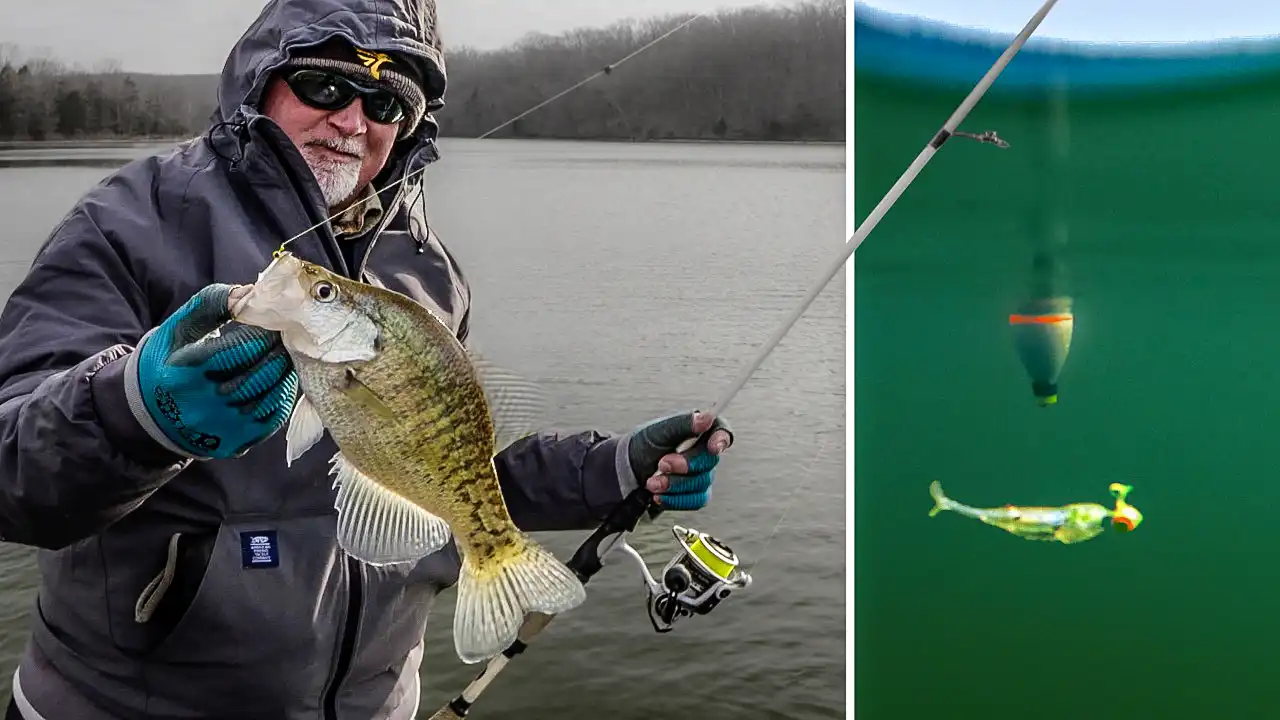Ask Tom Murphy about his favorite early winter bass fishing tactic and he’ll happily spoon feed you the details. Fact is, the Missouri pro is confident that his best shot at early winter fireworks will come by way of a jigging spoon.
“I’ve won big bass many times in the early winter and it’s either been a spinnerbait in muddy water or my slab spoon around docks,” Murphy said.
A longtime fan of the slab spoon technique, Murphy has been building his own Dixie Jet spoons for about 20 years. For targeting fish under deep reservoir docks, the design is straightforward and efficient, with a bottom-line attraction that’s basic match-the-hatch appeal.
“The shad are transitioning from the deep water of the main lakes to the backs to the creeks and cove arms and they’re stopping on those big, deep docks,” Murphy said. “When you see big schools of shad with bass underneath them, you can drop a slab spoon down there and just start whacking them.
“Those fish will be down 15 to 40 feet and with your forward-facing sonar, you can see the jig go down there and watch the fish react. You start popping it right above their heads and it will stimulate a strike just about every time.”
The premise is simple: A jigging spoon resembles the baitfish profile well enough to fool a bass but the weight and design give it an elusive action that prohibits close inspection.
“If you have fish that are suspended under the dock floats or the seawall or breaker wall, the spoon gives them time to see the bait,” Murphy said. “It stays in their area for a little bit, before it tips and goes straight down.
“When it hits the water, it will dart left, dart right and then it will point toward the bottom and it just falls quickly and they turn and go after it. It’s totally a reaction strike, it’s like something blew by them and they want to go after it and kill it.”




















